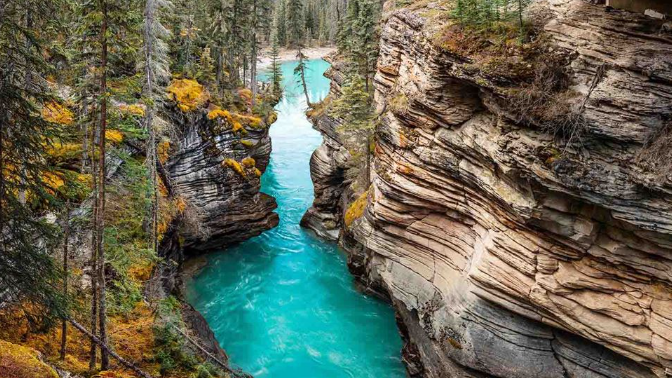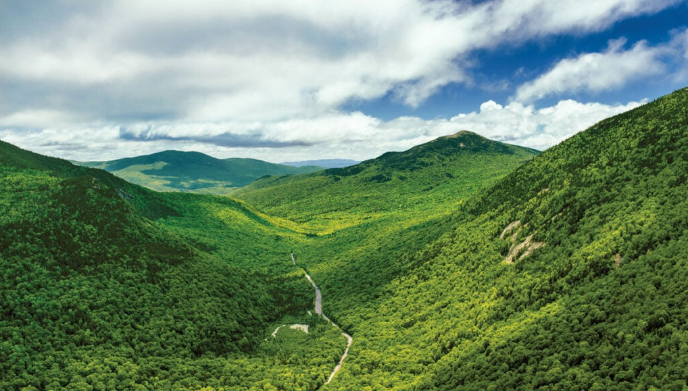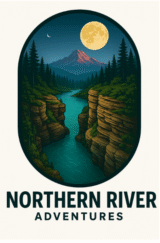Discover the 10 safest places in the USA and Canada for survival during disaster scenarios, plus must-have gear for building your off-grid retreat.
🧭 Introduction: Why You Need a Survival Plan
Natural disasters. Financial collapse. Civil unrest. Grid failure. Pandemics. The reasons to be prepared have never been more real. In this extended guide, we’re diving deep into how to survive when SHTF (“Sh*t Hits The Fan”). You’ll get a list of the 10 most strategic locations across North America for building a secure survival retreat, along with critical gear picks to stay alive and off-grid.
Whether you’re a seasoned prepper or just getting started, this post gives you the knowledge, location insights, and equipment you’ll need for long-term survival. Knowing where to go when society breaks down is just as important as knowing what to bring. Some places offer natural protection, abundant resources, and community resilience—others can turn into danger zones. Below, we walk you through the best spots in the U.S. and Canada where you can ride out the storm, survive, and even thrive.
🏕️ Top 5 SHTF Survival Locations in the USA
1. Sandpoint, Idaho
Sandpoint is located in the northern tip of Idaho, surrounded by Lake Pend Oreille and the rugged Selkirk Mountains. This combination of water, woods, and elevation makes it ideal for long-term survival. The area boasts fertile ground, fresh air, and a small-town feel without being completely disconnected from civilization. You’ll find a strong culture of self-reliance, homesteading, and preparedness among residents. Unlike more densely populated urban centers, Sandpoint’s isolation is a strength—not a weakness. If you need to disappear or set up a perimeter, the forests here give you cover. And access to fresh fish, game, and clean water makes this a highly sustainable retreat.
2. Ozark Mountains, Arkansas/Missouri
The Ozarks are often underestimated by those unfamiliar with this beautiful region. But make no mistake—this is one of the best-kept secrets for American preppers. The terrain is hilly and forested, filled with springs, creeks, and underground water systems. The mild climate supports gardening and year-round sustainability. Land is affordable and local culture leans heavily toward independence and privacy. This is a region where you can disappear into the woods, build an off-grid home, and live undisturbed. It’s also known for having relatively relaxed zoning laws, making it easier to homestead, collect rainwater, or raise animals.
3. Western North Carolina (Smoky Mountains)
This Appalachian region is a haven for anyone seeking a survival retreat that’s scenic, secure, and full of natural resources. Think lush green forests, misty peaks, and hidden hollers. Small homesteading communities are already established here, and the culture is rooted in self-sufficiency. Thanks to ample rainfall and a temperate climate, you can grow food, raise animals, and live comfortably off-grid. The elevation makes it easier to defend your location and avoid floods. Plus, the thick forest cover makes concealment easy. If you’re worried about being found in a crisis, this is where you want to be.
4. Northern Maine
If solitude and total disconnection are your priorities, northern Maine should be at the top of your list. It’s one of the least populated areas in the eastern U.S., yet it’s full of resources: endless forest, game animals, freshwater lakes, and clean air. Winter is harsh, yes—but that’s also an advantage if you’re trying to avoid mass migration from warmer states. You can build a cabin in the woods here and be completely off-grid for months, if not years. Land is still affordable, and local governments are generally supportive of self-sufficient lifestyles.
5. Redoubt Region (Montana, Wyoming, Eastern Washington)
Nicknamed the “American Redoubt,” this area has become a magnet for preppers and off-grid pioneers. With high-altitude terrain, a strong libertarian culture, and vast public lands, it’s perfect for setting up a resilient homestead. The Redoubt region offers ideal conditions for solar and wind energy, hunting, farming, and isolation. Community networks are strong here—people help each other but also respect privacy. If you’re serious about surviving long-term and want to be part of a larger preparedness culture, this is your zone.
🇨🇦 Top 5 Survival Locations in Canada
1. Vancouver Island (Interior regions)
Not to be confused with downtown Victoria, the interior of Vancouver Island is a paradise for survivalists. It features dense forests, rivers, and mountain ranges—making it naturally fortified and hard to access. The region has long growing seasons, mild winters, and an abundance of wildlife. You’ll find fish in the rivers, deer in the woods, and rainwater almost year-round. The biggest advantage? Isolation. While still part of British Columbia’s infrastructure, the interior areas are remote enough to avoid chaos in a nationwide disaster.
2. Kootenay Region, British Columbia
The Kootenays are a mix of dramatic mountain peaks, fertile valleys, and small towns. What makes this region unique is its long-standing tradition of off-grid living and alternative communities. If you’re looking for a place where people already understand self-reliance, this is it. With glacial lakes, clean rivers, and thick forests, you’ll have access to water, wood, and wildlife. Add in a low population density, and you’ve got a stronghold that’s beautiful and practical.
3. Laurentian Highlands, Quebec
Located just north of Montreal, this ancient mountain range is packed with lakes, forests, and high ground. It’s remote enough for isolation yet close enough to supplies if needed. Cold winters may deter some, but they’re actually an advantage for disease control and perimeter security. The area has deep traditions of outdoor survival, hunting, and forestry. It’s not uncommon to find self-sufficient cabins already built—and for cheap.
4. Northern Ontario (Lake of the Woods region)
This area is vast and sparsely populated, with rich fishing grounds, wildlife, and forests. It’s affordable, full of natural resources, and ideal for growing food, hunting, and staying hidden. Many Indigenous communities thrive here off-grid. It’s a perfect mix of self-reliance and nature. There’s plenty of access to clean lakes, and remote islands that make perfect bug-out spots. You’ll need to be comfortable with harsh winters—but that’s part of the trade for being truly off the radar.
5. Cape Breton Highlands, Nova Scotia
A rugged, wind-swept peninsula with mountains, forests, and cliffs overlooking the Atlantic. Cape Breton offers seclusion and security in one of the most scenic corners of Canada. Tight-knit communities still exist here, and the land is wild but habitable. You’ll find ample fishing opportunities, fresh water, and old roads that few use anymore. If you want to be near the ocean, while still protected by elevation and terrain, this is your sanctuary.
🎒 Must-Have Survival Gear
🔪 Survival Essentials
🔋 Energy & Light
🧭 Navigation & Safety
⛺ Shelter
📦 Pro Tips to Fortify Your Retreat
- Choose elevation: High ground is easier to defend and less flood-prone.
- Water source: Streams, wells, or springs must be nearby.
- Grow your food: Self-reliance is the end game. Invest in seeds, soil, and tools.
- Defensibility: Make sure you’re not visible from a main road. Natural barriers are your friend.
- Community vs Isolation: Know when to band together and when to hide out. It’s all about timing.


